My plant does not bloom: what is happening?
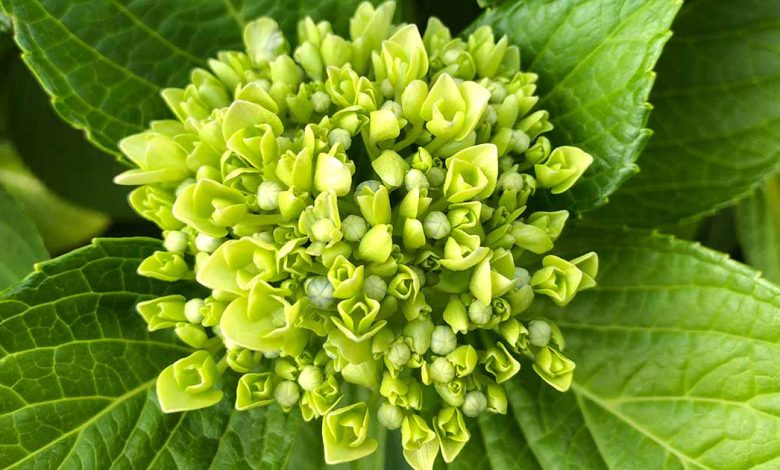
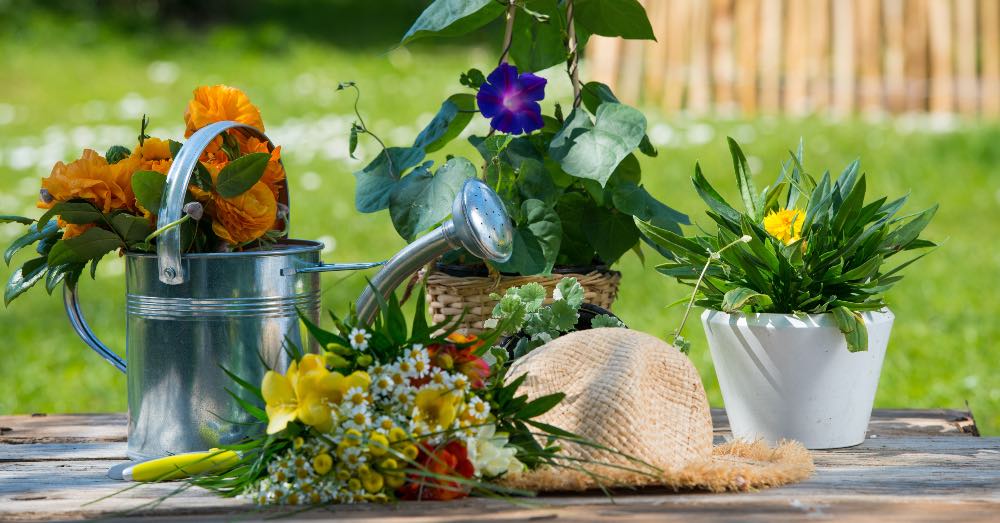
Finding the answer to why my plant is not blooming is one of the recurring queries in the world of gardening, and one of the most common reasons for discouragement in growing indoor plants, but also outdoor plants. And it is logical: achieving the flowering of our plants is, without a doubt, the objective of any lover of them. A compelling reason for us to worry when we see that our plant does not reach flowering, and makes us wonder what is happening.
Well, when we ask ourselves why my plant does not bloom, we have to take into account different variables. Usually, the main reason why a plant does not do it is inadequate care and, sometimes, this is super subtle so we are not able to detect it to correct it. But it is not the only reason: other times it does not do so because we are unaware of some specific characteristic of our plant or even because it is thus indicating that it is suffering from some deficiency.
For all this, it is convenient to know in depth why my plant does not bloom. A way to solve whatever is happening, and to be able to enjoy your most precious gift.
REASONS WHY MY PLANT DOES NOT FLOWER
Just as important as knowing why my plant is not blooming is understanding what this means. Although for us they are only flowers, for a plant to be able to create them and take them forward is an important vegetal effort. To achieve this, our plant must be healthy and have all the nutrients it demands to be able to afford the wear and tear that flowering entails. Something that should be known to value, but really! what flowers mean beyond their beauty.
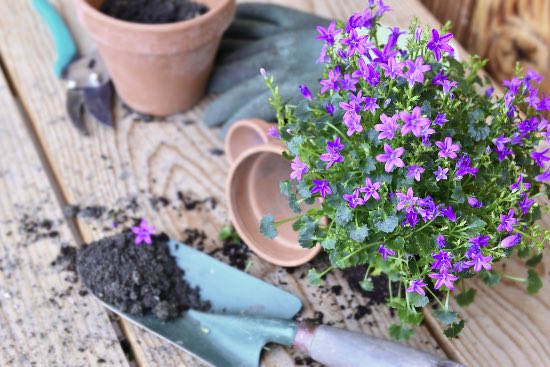
Taking care of plants does not mean, only, watering them when it touches. Doing it properly implies dedicating time to them and covering all the needs that each species requires, whether we have them inside the house or outside. It doesn’t matter if we opt for easy-care plants or for more complicated ones: if we are not attentive to their needs, the level of cultivation difficulty will be the least important thing. And, logically, the time we spend caring for them will be directly proportional to their flowering.
For all these reasons, it is convenient to know what are the factors that we have to evaluate when we ask ourselves why my plant does not bloom.
1. Age, a detail that goes unnoticed and is essential
Each plant species has certain characteristics regarding its maturity. Only plants that have reached it can flower regularly, so it is worth finding out if the reason why our plant does not do so is that it is too young.
While, for example, Thought flourishes in a short period of time; if we review the care of the Rhododendron we will find the answer to our bush not blooming. It will take a few years to do it, but yes: once it does, it will not stop.
2. The location, an aspect to be examined
And essential. On many occasions, the place where we place a pot or plant a plant is defined by our tastes and not by the needs of each species. Something that directly affects flowering, since it is more than likely that our plant is not receiving the amount of light it needs. We are not only talking about a light defect: exposing a plant that does not tolerate it to full sun is just as negative for its development and, therefore, for it to form its flowers. For this reason, it is convenient to be attentive to the signs of diseases in plants or, in other words, to how our plant gives us warning signals. Only by correcting this detail is it more than likely that we will find the answer to why my plant does not bloom.
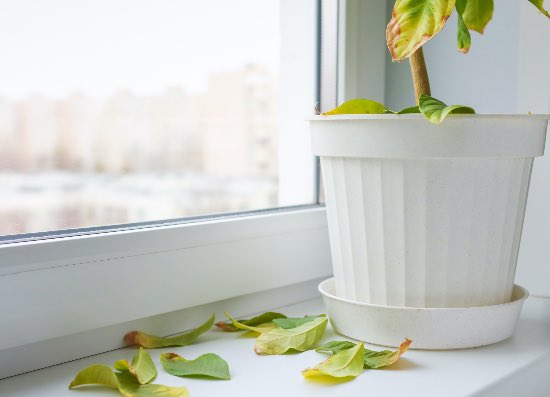
Just as important as light is the extent to which a certain location meets the temperature conditions that our plant needs to be healthy and flourish. An excess of cold in species that are not tolerant will not only prevent them from blooming: it can even kill them. For this reason, it is essential to opt for cold-resistant perennial plants to avoid unpleasantness or even discover outdoor winter flowers that will not have a problem with temperature drops.
Something that not only happens with lower temperatures, but also with the increase. Exposing plants that do not get along with higher degrees to too much heat will also take its toll. For this reason, it is worth knowing which are the heat-resistant outdoor plants.
3. Pruning too much or at the wrong time, another reason why my plant does not bloom
If you use fast scissors and prune without taking into account whether it is a good time or what your plant is like, it is more than likely that your impulse is the reason why a plant does not bloom. Beyond knowing how to prune plants correctly, it is important to know in depth what the pruning needs of each specimen you have are. The reason? Some plants, like the Hydrangea, create their flower buds the year before they bloom.
What’s more: pruning can even be detrimental to the health of your plant if it is not required or if we carry it out at the wrong time. Remember that it is still a wound.
4. Nutrients, a nuance to contemplate from different points
Another of the most recurrent reasons to understand why my plant does not bloom. Although we water them regularly, plants need other mineral and organic contributions to maintain their well-being. A way of feeding them, especially if we grow them in a pot, which is key to their health and, also, so that they can flourish.
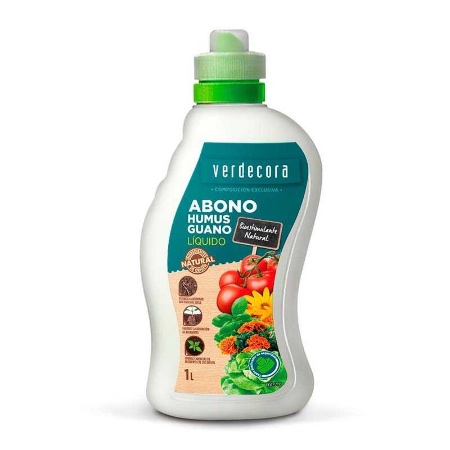
For this reason, and just as important as being regular in the use of fertilizers, it is crucial to choose between the different types of fertilizers for plants, which is the one that our plant demands. And we are not only referring to using the appropriate fertilizer but also to adapt it to the vegetative moment of our plant. And nothing like seeing it with a clear example: depending on the time of year, the fertilizer for orchids must be different depending on whether we seek to strengthen our plant, help it to flourish or simply renew its nutrients.
But, as we said, plant nutrients should not be considered only in terms of fertilizers. The soil they live in can also do their bit to delay or prevent flowering from happening. For this reason and in addition to checking if the substrates are what our plants need or if they are very exhausted, we have to check if they have the pH that our plant needs. Although it may seem secondary, it is vital when we ask ourselves what acid plants are and what their needs are.
5. The roots, the hidden health
Do not hesitate: how your plant looks or even how it blooms is closely linked to the state of its roots. In the case of pot-grown plants, one reason a plant won’t flower is because of a lack of root space. A fact that is detected on many occasions in an extremely simple way: observing how they come out of the drainage holes. If the reason is this, you have a solution as simple as knowing how to transplant plants and apply it.
But beware: the good health of some roots does not depend only on space. Both in potted plants and in plants planted directly in the ground, we will have to check if they have a correct drainage that evacuates excess water.
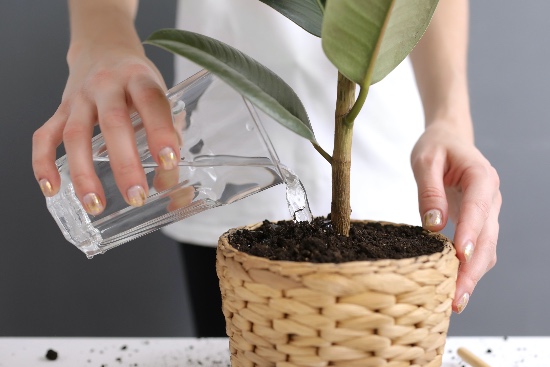
6. Irrigation in excess or defect, a care that we have to review
Although it seems simple, watering correctly has its crumb. We are not just referring to doing it, for example, avoiding wetting the leaves in species that do not tolerate it. We also refer to watering the right amount that our plant needs. No more, no less.
While excessive irrigation can rot the roots, a defect can weaken our plant, preventing it from flourishing and even compromising its life. Thus, and instead of knowing how to recover a plant with excess water, it is better to know in depth what it needs and observe how it reacts in the days after watering.
7. Pests, another compelling reason why my plant does not bloom
A crucial aspect for a plant not to bloom. Beyond the fact that all the reasons we have just seen cause the absence of flowering, its weight is much more important: all of them have a direct impact on the good health of a plant. And what is the consequence? The appearance of pests.
A well-watered plant, properly nourished and with the lighting it needs, will be a healthy plant; and, therefore, it will present resistance to the presence of those insects willing to feed on it. However, a diseased plant is susceptible to the appearance of pests. And no: if our plant has any of these visitors, it will hardly be able to flourish. Getting to survive will be the main objective.
And now that you know the many answers to why my plant does not bloom, do you know what makes yours deprive you of your most precious gift?


![Photo of Crop Rotation: [Concept, Examples, Advantages and History]](https://www.complete-gardening.com/wp-content/uploads/2021/06/rotacion_de_1591285148-390x220.jpg)
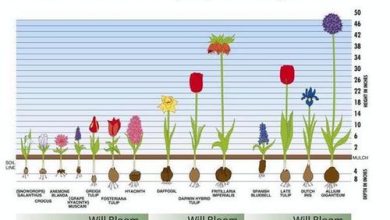
![Photo of The Surfinia or Hanging Petunia: [Planting, Care, Irrigation and Substrate]](https://www.complete-gardening.com/wp-content/uploads/2022/08/the-surfinia-or-hanging-petunia-planting-care-irrigation-and-substrate-390x220.jpg)